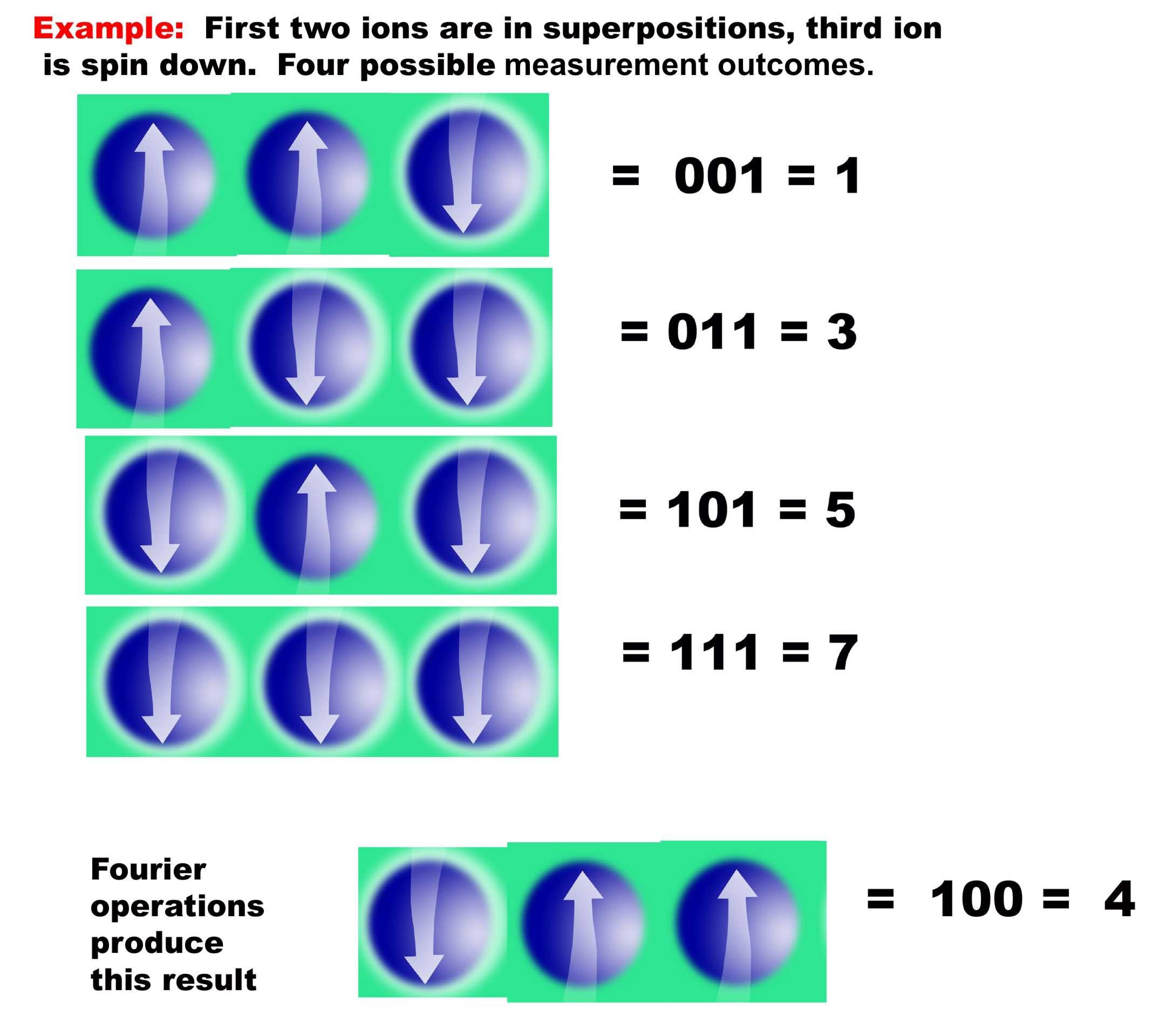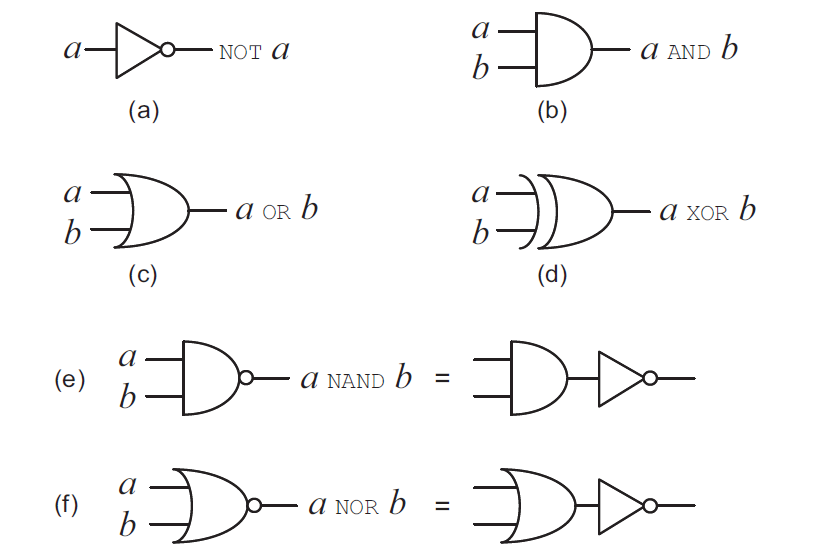Quantum gates are the fundamental building blocks of quantum computing. They are the quantum equivalent of classical logic gates, which are responsible for processing and manipulating bits in classical computing. While classical gates operate on bits, quantum gates process quantum bits (qubits) and enable the execution of complex quantum algorithms. If you’re interested in learning how to use quantum gates, you’ve come to the right place!
Quantum gates are essential for performing various operations in quantum computing, such as entanglement, superposition, and teleportation. They are also responsible for controlling the quantum state of qubits, which is crucial for implementing quantum algorithms. Therefore, understanding how to use quantum gates is the first step towards mastering quantum computing. In this article, we’ll explore the basics of quantum gates, how they work, and how to use them to perform quantum operations. So, let’s get started!
For example, the CNOT gate is a two-qubit gate that applies a NOT operation to one qubit depending on the state of another qubit. To use it, first, assign the qubits to the input and output ports of the gate. Then, apply the NOT operation to the qubit depending on the state of the other qubit.

What are Quantum Gates?
Quantum gates are quantum logic gates used to manipulate quantum bits (qubits). They are an essential component of quantum computing, a form of computing that uses the principles of quantum mechanics to process information. Quantum gates are analogous to classical logic gates, but they operate on qubits rather than classical bits. As such, they are capable of performing operations that are not possible with classical logic gates.
How to Use Quantum Gates?
Preparing the System
Before using quantum gates, it is necessary to prepare the system for the operation. This can be done by initializing the qubits, which is a process of setting their initial state. This can be done by setting them to a specific state (such as 0 or 1) or by using a superposition of states. Once the qubits have been initialized, they can be manipulated using quantum gates.
Applying Quantum Gates
Quantum gates are applied to qubits in order to manipulate them. Typically, this is done by applying a unitary transformation to the qubits. This transformation is represented by a unitary matrix, which is a matrix with complex numbers that describes the effect of the transformation. Once the transformation has been applied, the qubits are in a new state and can be used in further operations.
Measurement
Finally, the state of the qubits can be measured. This is done by applying a measurement gate, which collapses the qubits into a classical state (either 0 or 1). Once the state has been measured, the results can be used to determine the outcome of the computation. Measurement is an essential part of quantum computing, as it allows the results of the computation to be observed.
Error Correction
In order to ensure accuracy, quantum gates must be applied correctly. This can be difficult, as quantum gates are susceptible to errors. To address this, error correction techniques can be used to detect and correct for errors that may occur during the computation. This helps to ensure the accuracy of the results.
Conclusion
Quantum gates are an essential component of quantum computing. They are used to manipulate qubits and apply transformations to them. Once the qubits have been prepared, quantum gates can be applied to them, and their state can be measured to observe the results of the computation. Finally, error correction techniques can be used to ensure accuracy.
Frequently Asked Questions
Quantum gates are the basic building blocks of quantum computation. They are used to process quantum information, just like logic gates are used to process classical information.
What is a Quantum Gate?
A quantum gate is an operation applied to a quantum system which manipulates the state of qubits. Qubits are the basic units of information in quantum computing, and are manipulated by quantum gates. Quantum gates can be used to perform various operations on qubits, such as entangling them, controlling the flow of information, and applying logic operations.
The most common types of quantum gates are single qubit gates, two qubit gates, and multi-qubit gates. Single qubit gates are used to manipulate individual qubits, two qubit gates are used to entangle two qubits, and multi-qubit gates are used to operate on multiple qubits at once.
How do Quantum Gates Work?
Quantum gates are used to manipulate qubits, which are the basic units of information in quantum computing. A quantum gate is a unitary operation applied to a qubit or multiple qubits. This operation changes the state of the qubits, which can be used to perform various operations on the qubits.
Quantum gates can be used to perform logic operations, entangle qubits, control the flow of information, and much more. For example, a single qubit gate can be used to control the state of a single qubit, while a two-qubit gate can be used to entangle two qubits. By manipulating the qubits in different ways with quantum gates, various algorithms can be implemented in a quantum computer.
What are the Different Types of Quantum Gates?
There are several different types of quantum gates, each of which can be used to manipulate qubits in different ways. The most common types of quantum gates are single qubit gates, two qubit gates, and multi-qubit gates.
Single qubit gates are used to manipulate individual qubits, two qubit gates are used to entangle two qubits, and multi-qubit gates are used to operate on multiple qubits at once. Different types of quantum gates can be combined to create more complex algorithms and operations.
How are Quantum Gates Used?
Quantum gates are used to manipulate qubits, which are the basic units of information in quantum computing. By manipulating qubits in various ways with quantum gates, various algorithms can be implemented in a quantum computer.
Quantum gates are used to perform logic operations, entangle qubits, control the flow of information, and much more. Different types of quantum gates can be combined to create more complex algorithms and operations, which can be used to solve complex problems that would be difficult or impossible to solve with classical computers.
What are the Benefits of Using Quantum Gates?
Quantum gates offer several benefits over classical computing, including increased speed and accuracy. Because quantum gates can manipulate qubits in different ways, they can be used to create more complex algorithms and operations which can be used to solve complex problems that would be difficult or impossible to solve with classical computers.
Quantum gates also allow for more efficient calculations, as they can process multiple qubits simultaneously. This means that quantum computers can solve problems much faster than classical computers. Additionally, quantum gates can also be used to create secure communication networks, as they can generate unbreakable encryption keys.

In conclusion, the world of quantum computing is still in its infancy, but the potential it holds for the future is immense. Quantum gates are the building blocks of quantum circuits, and understanding how to use them is crucial for anyone interested in this field. By following the basic principles of quantum mechanics and learning how to manipulate qubits using gates such as the Hadamard gate, CNOT gate, and Toffoli gate, quantum computing enthusiasts can unlock the power of this revolutionary technology.
In the coming years, we can expect to see more advancements in quantum computing as researchers continue to explore its potential applications. From cryptography to drug discovery, quantum computing has the potential to revolutionize multiple industries. As such, it’s important for individuals to continue to educate themselves about quantum gates and how to use them in order to stay at the forefront of this exciting field. With the right knowledge and tools, anyone can become a quantum computing expert and contribute to the development of this groundbreaking technology.


